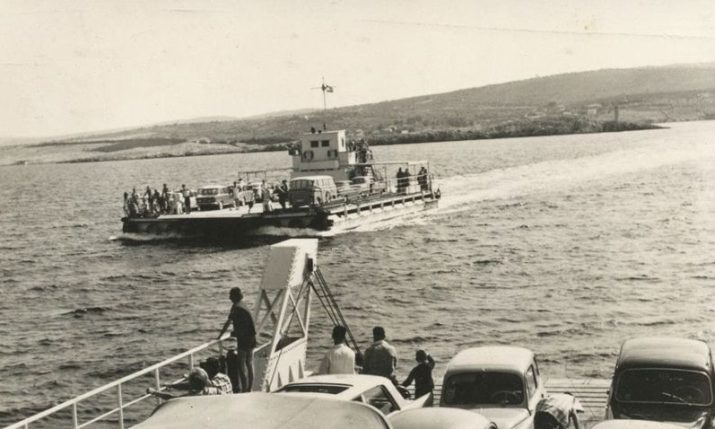‘Paška sol’ the latest Croatian product protected by the EU
- by croatiaweek
- in News

11 April 2019 – Salt from the island of Pag (Paška sol) is the latest Croatian product which has now been protected at EU level.
On Thursday, the European Commission announced that ‘Paška sol’ had been added to the register of Protected Geographical Indications (PGI), protecting the designation of origin and geographical indications of ‘Paška sol’.
Protection of the name ‘Paška sol’ covers two products: fine sea salt and flower of salt.
The fine sea salt ‘Paška sol’ is non-ground sea salt obtained from the sea water of the Pag Bay which continuously pours into an evaporation pool system until it crystallises in the Pag island salt pans. It takes the form of small, regular, cube-shaped crystals which are white in colour and contain minerals and trace elements. Most of the crystals are up to 1 mm in size, so that > 98 % of all crystals can pass through a sieve with a mesh size of 1,3 mm. It has a concentrated, salty, bitter-free taste.

The flower of salt ‘Paška sol’ is a product of the initial phase of manufacture of fine sea salt, i.e. during the production of concentrated sea water. It has a slightly sweetish taste. Its texture is crunchy and very brittle. It is white to pale yellow in colour owing to high levels of minerals. It has a distinctive flavour, is less salty than cooking salt and contains more natural minerals (magnesium, calcium, potassium, iodine). The granulation of the flower of salt ‘Paška sol’ is coarser than that of the fine sea salt ‘Paška sol’; its crystals have the shape of shells and crumble easily when rubbed between the fingertips.
Definition of the geographical area
‘Paška sol’ is produced in the salt pans of Pag in the Pag Bay, surrounded from all sides with the land of the Pag island. Pag Bay is connected to the waters of the Velebit Channel by Pag Strait. The Pag salt pans are 3 km from the town of Pag and lie within the administrative boundaries of Zadar County.
The specific characteristics of ‘Paška sol’ result from the climatic conditions of the defined geographical area and the fact that the Pag salt pans are in an isolated location, far from any heavy industry or agricultural activity. More details here.
Croatia now has 22 products on the register of Protected Geographical Indications (PGI). They are Lička janjetina. pršut from Dalmatia, Drniš, Krk and Istria, olive oil from Cres, Krk, Solta and Korčula, mandarins from Neretva, Poljički soparnik, sour cabbage from Ogulin, Kulen from Baranja and Slavonian, cabbage from Varazdin, Slavonian honey, salt and lamb from Pag, Međimursko meso ‘z tiblice’, turkey from Zagorje and potatoes from Lika.
EU protected geographical status helps protect product name from misuse and imitation and helps consumers by giving them information concerning the specific character of the products.









